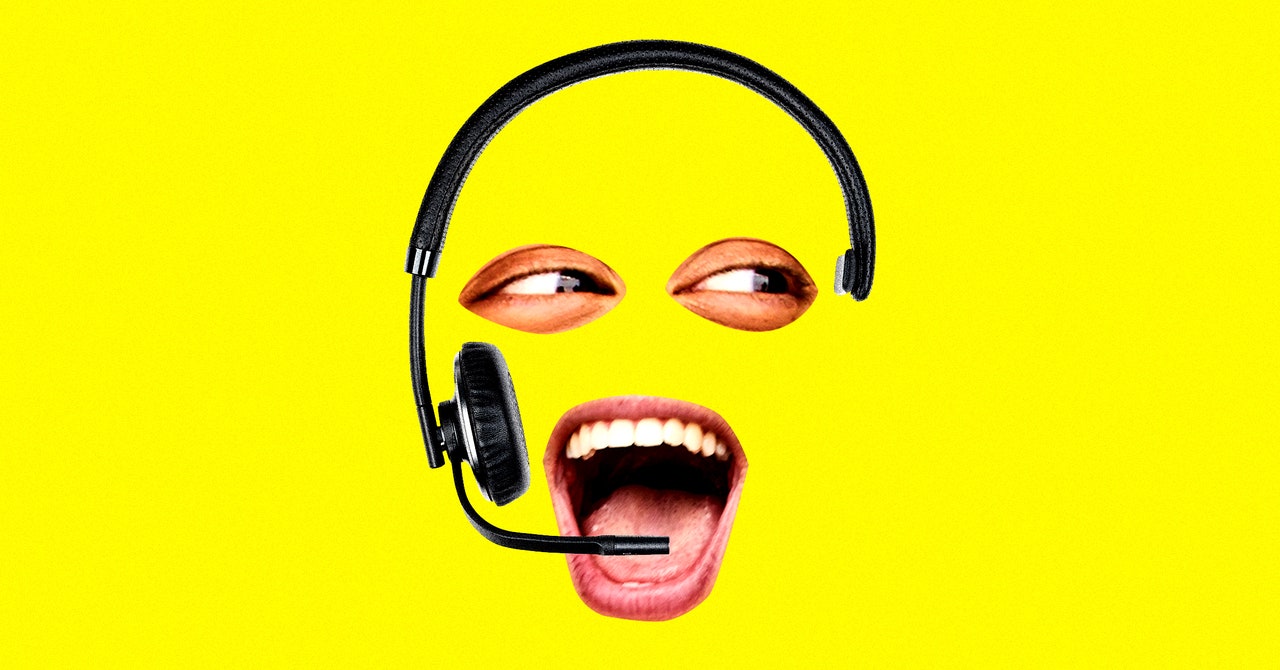Remington has also since received a DM from the brand on Instagram, explaining that in addition to the video, Uniqlo also planned to privately message Remington and offer him a replacement umbrella and an apology gift. The person who messaged Remington was familiar with his TikTok content – it seems they knew he often joked about himself and they were just trying to join in. Remington was pleased with the apology and says he has no ill will towards the brand.
All’s well that ends well, but will this kind of faux pas become more common as companies try to navigate TikTok? Language app Duolingo has 5 million followers on the video platform who love “unhinged” content with its owl mascot, but in May, one of the brand’s social media executives apologized after making a joke about Amber Heard’s testimony about domestic violence. on the app.
In September – after an unpopular redesign annoyed users – Duolingo sarcastically responded to a customer who said they were leaving the app with a popular TikTok sound: “Oh no, it’s Melanie. That’s too bad. She’s really nice.” The caption of the video reads “You really want me to cry when you say you’re leaving” and includes the hashtags #boybye and #leavemealone. A comment below the video reads: “Glad you care about your customers…” The comment has almost 500 likes.
For Duolingo, the confusion seems to be that the company doesn’t see TikTok as a place to address customer issues. “Our support team often responds directly to help customers resolve issues on Twitter,” said Katherine Chan, the company’s head of social media and influencer strategy, but doesn’t use TikTok in the same way. As for that #leavemealone response, Chan adds, “we were responding to a student who insists on calling us a chicken when in fact Duo is clearly an owl.”
On Twitter, Instagram and Facebook, brands can open their DMs to everyone, but not on TikTok. TikTok’s security rules mean that users can’t message accounts they don’t follow, so the app isn’t the natural home of customer service. It’s understandable why companies mainly use TikTok to make jokes, but this can cause problems when dealing with legitimate customer complaints.
Sphurti Sewak is a marketing and logistics teaching assistant at Florida International University who has researched how brands use memes on social media. She says companies were using sassy personas on Twitter for the first time — Wendy’s, for example, has been “roasting” its competitors on the app since 2017. Sewak feels Ryanair is not to be credited for adopting a bold social media strategy, arguing that “they probably followed Wendy’s and just went a step further.” But now that Ryanair has been so successful, other brands may go one step further and make their customers angry.
“Sassy answers get a lot of consumer engagement, but it can certainly hit the mark,” says Sewak, “Budget carriers like Ryanair may get away with being rude, as they have the advantage of offering what their competitors aren’t.” For other brands, rudeness can be more risky.” Being rude is one thing, being consistently rude is another. Ultimately, it’s the customers that keep you in business,” says Sewak. Her research has found that some people find this type of social media behavior inappropriate and stop giving their business to brands – she herself is one of these people.
Remington wouldn’t have had any complaints if Uniqlo had publicly berated him and apologized privately, and he’s now glad that’s the case. While it’s a myth that brand social media accounts are run by interns, the people behind these accounts are ultimately just people who can and will make mistakes. Still, it seems that face-to-face interaction is often better than account-to-account. Shortly after seeing Uniqlo’s TikTok, Remington returned the umbrella to the store he bought it from and got a full refund.

